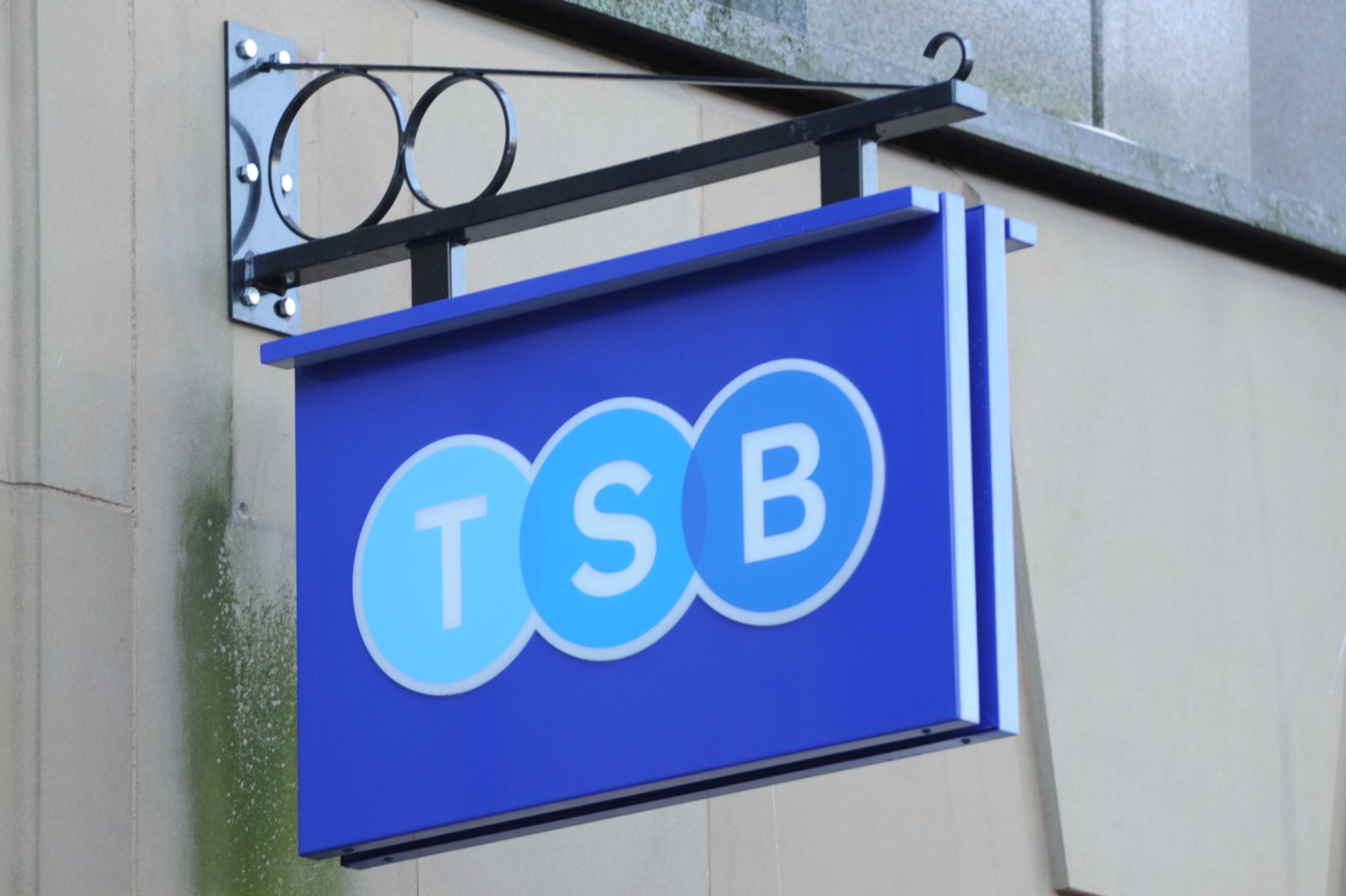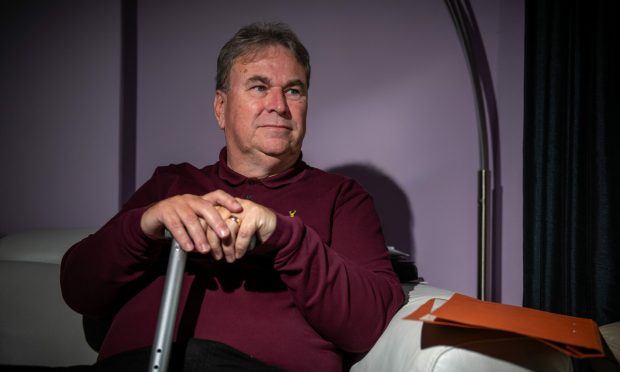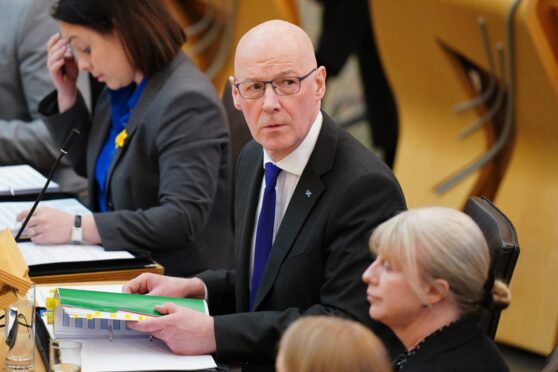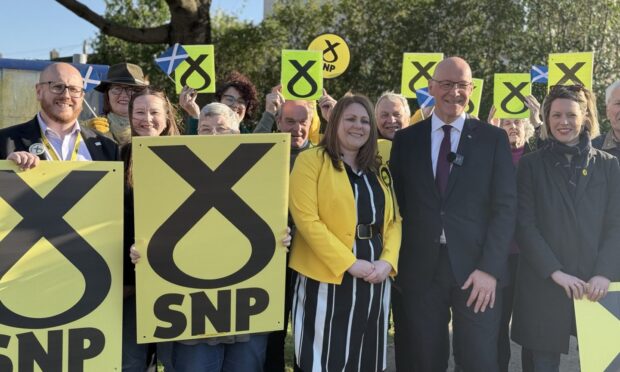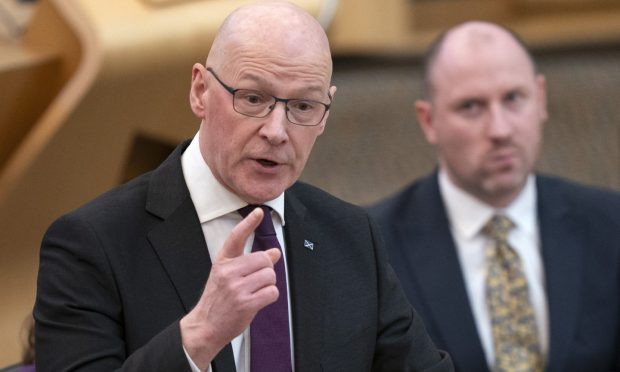The computer chaos at TSB is a cautionary tale against branch closures, says an MP.
Online blackouts at the major bank have left customers unable to access their accounts for up to six days.
Its chief executive Paul Pester admitted the bank is on its “knees” as it drafts in outside help to try and resolve the digital meltdown.
A Scottish Conservative MP says the incident demonstrates the importance of keeping branches open, with yet another round of closures on the horizon.
The Courier’s Save Our Banks campaign demands that RBS and Bank of Scotland bin their plans to shut 62 and 49 branches in Scotland respectively. Ten of them are in Tayside and Fife.
Andrew Bowie, the North East MP whose patch includes part of Tayside, said: “The big banks continually use the increase of internet banking as the rationale for closing branches.
“But any digital customer knows that there are times when you want the peace of mind that friendly faces in a branch can provide.
“I have noted the worrying cases of people who have been unable to complete house moves because of this, and there will be thousands of people left out of pocket.”
Dundee couple Kimberley Logan, 23, and Shaun Donald, 25, told The Courier this week how the TSB fiasco is threatening their dream of buying a home.
They have been unable to access their accounts or set up new lending with a deadline for property payments just days away.
TSB customers will not have to pay overdraft charges in April following problems with its internet banking service, Mr Pester said.
In a BBC interview on Thursday morning, the CEO said he was “putting things right” after the TSB’s internet service was still only working at around 50% capacity for customers.
The Tayside and Fife RBS branches in line for the chop are Aberfeldy, Pitlochry, Perth South Street, Kinross, Comrie, Dundee Stobswell, Dunblane and Montrose.
Bank of Scotland is closing Lochgelly and Carnoustie.
Prime Minister Theresa May has repeatedly said she cannot intervene in the RBS closures saying it is a commercial decision, despite the bank being majority-owned by the taxpayer.
RBS says footfall is dropping and there are “now more ways to do everyday banking than ever before”, including via mobile branches, online and post offices.
